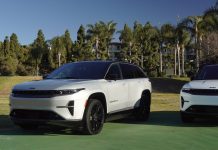The EV startup goes to the head of the pack with its new luxury SUV.
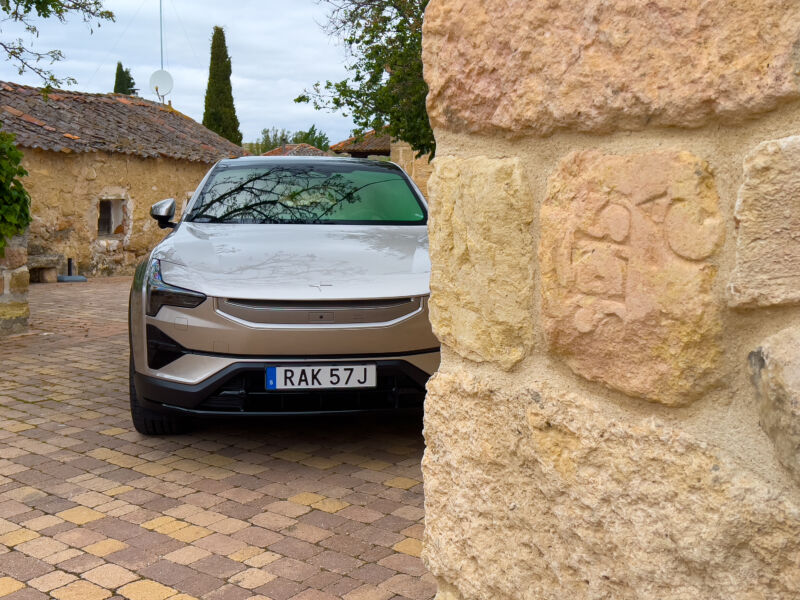
MADRID, Spain—2024 is a big year for Polestar. It was spun out of Volvo in 2017 as a standalone performance electric brand, and in 2019, we tried its first car, a low-volume plug-in hybrid GT that wowed us but only ever amounted to 1,500 cars. Next came the Polestar 2, a compact four-door sedan that was one of the first cars to deeply integrate Google’s automotive services. But now it’s time for the cars most of Polestar’s potential customers have been waiting for—SUVs. And it’s starting with the $73,400 Polestar 3.
Although Volvo has sold its shares in Polestar (leaving its parent company Geely as Polestar’s sole corporate parent), the two companies will continue to share technology and platforms. The Polestar 3 is built on the group’s SPA2 architecture, which is also being used by the forthcoming Volvo EX90; indeed, both are going into production at Volvo’s factory in South Carolina this year.
As a measure of how far the company has come in a relatively short time, the Polestar 3 generates less carbon emissions during production than the smaller, cheaper Polestar 2 when it was introduced in 2020.
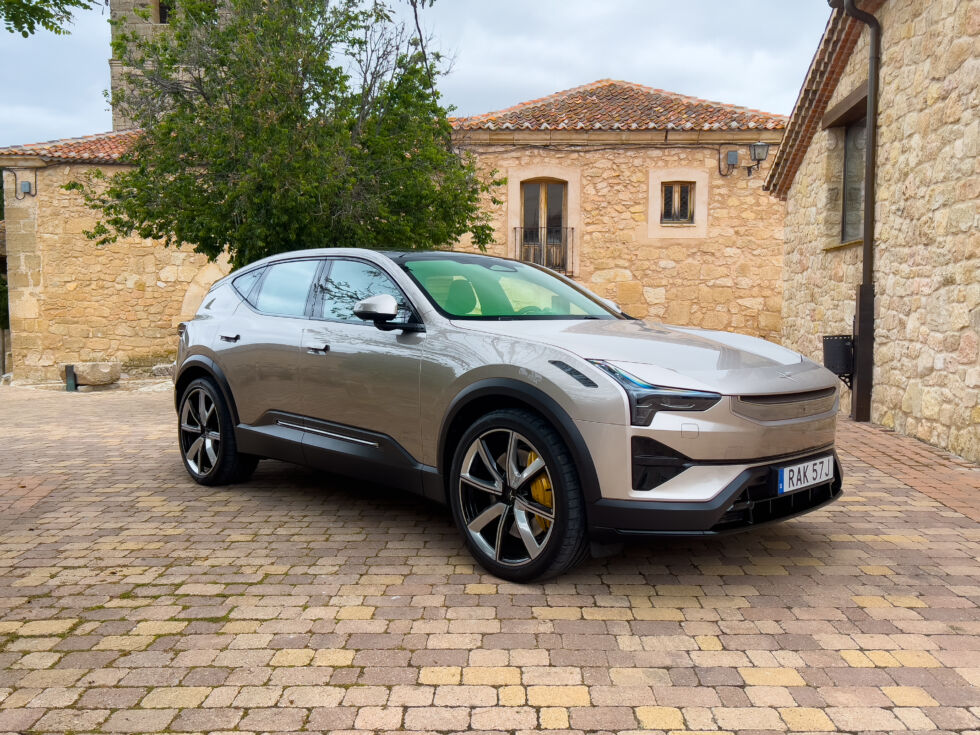
A pair of configurations are available at launch. The long-range dual motor has a combined output of 489 hp (360 kW) and 620 lb-ft (840 Nm) from a pair of identically rated front and rear drive units. The rear drive unit features clutch-based torque vectoring to distribute power unequally between left and right, and can disengage both rear wheels for better efficiency when cruising at highway speeds.
The motors draw power from a 111 kWh (107 kWh net) lithium-ion battery pack from CATL, which gives the EV an EPA range of 315 miles (507 km). Charge times are 30 minutes for DC fast charging from 10–80 percent at up to 250 kW, or 11 hours using a Level 2 charger.
For an extra $6,000, the long-range dual motor can also be optioned with the Performance Pack, which increases output to 517 hp (380 kW) and 671 lb-ft (910 Nm). This shaves 0.3 seconds from the 0–62 mph (0–100 km/h) time, which drops to 4.7 seconds, although both versions have the same electronically limited 130 mph (201 km/h) top speed. But the higher power output and the Performance Pack’s 22-inch wheels mean an EPA range of just 279 miles (449 km).
Later this year, we expect a long-range single-motor Polestar 3 as well.
- There’s a minimalist main instrument display for the driver. Polestar
- The infotainment UI. Polestar
- There’s a 1.1 cubic foot (32 L) frunk. The rear has 17.1 cubic feet of storage space with the rear seats in use, or 48.9 cubic feet (1,411 L) with the rear seats flat.
- There’s plenty of leg- and headroom in the back. Polestar
- Customer deliveries should start any time now, with US-made cars late this year. Jonathan Gitlin
- This might be our new favorite electric SUV at this price point. Jonathan Gitlin
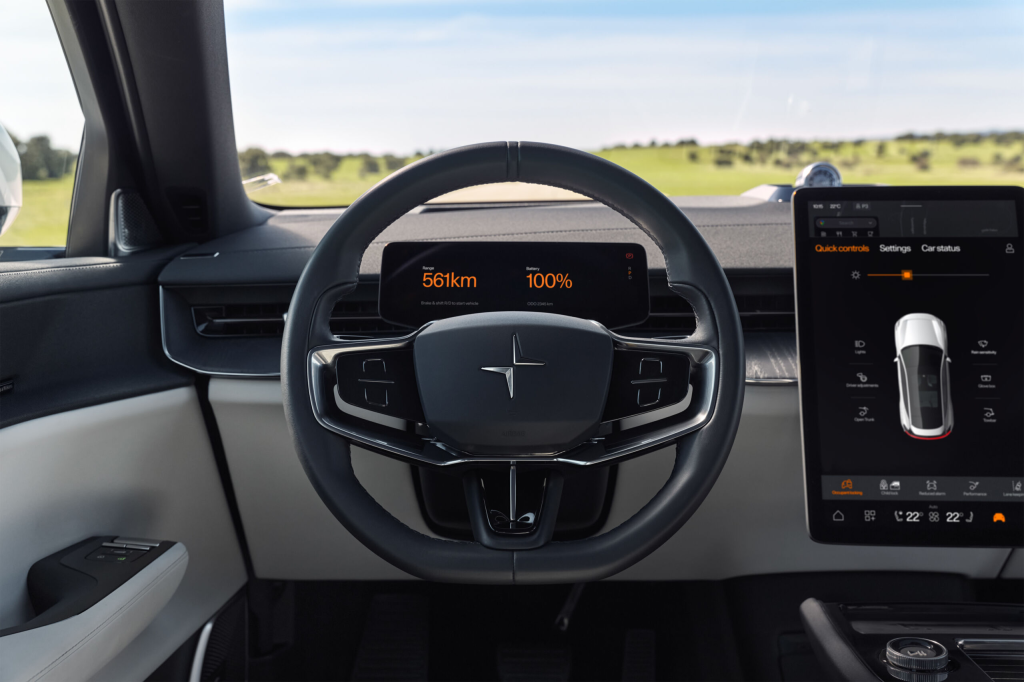
Exploring The Future Of Earth’s Changing Climate
Although the front and rear motors are rated identically, the Polestar 3 delivers more of its power to the rear wheels under most conditions, except where necessary for efficiency (like when the rear motor completely disconnects) or under low grip conditions.
Making a quick EV isn’t especially difficult, thanks to the vast wave of almost-instant torque available from an electric motor. Making an EV that’s engaging to drive is an entirely harder task, but it’s one that Polestar has achieved to a high degree. The Polestar 3 combines dual-chamber air springs with active dampers from ZF that operate at 500 Hz, and they do a sublime job of controlling the car’s curb weight (between 5,697-5,886 lbs/2,584-2,670 kg, depending on options).
In fact, it’s an EV that would tempt me to take the long way home, particularly if that route involved a lot of curves, particularly in Performance mode, which gives you the sharpest throttle response and the most tied-down handling. The steering deserves praise here, which gives you feedback on road conditions without being needlessly heavy. There’s a good one-pedal driving when set to the highest lift-off regen setting, and you can feel the rear drive unit vectoring torque to one side or the other during cornering.
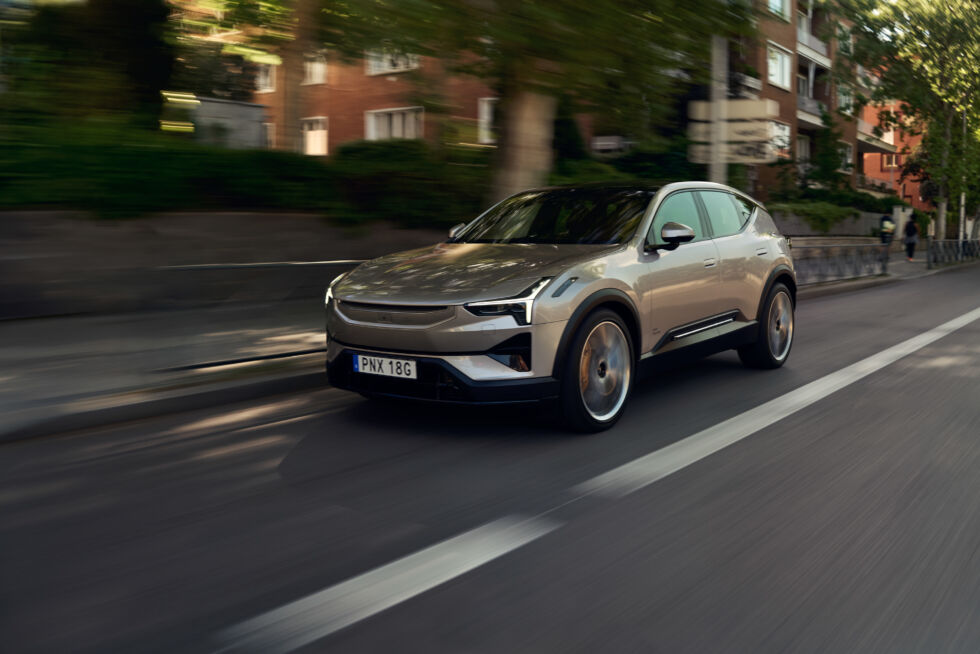
From the passenger seats, the Polestar 3 fulfills its mission to be the brand’s flagship, at least until the Polestar 5 four-door GT arrives next year. The ride is smooth even when the suspension is in its firmest setting, and it’s very spacious as a five-seater. However, there was a decent amount of wind noise and tire roar at highway speeds if you don’t have anything playing on the sound system to drown that out.Advertisement
Like some other recent new EVs, the Polestar 3 has moved to using a handful of discrete domain controllers instead of a multitude of single-function black boxes, including a centralized core computer from Nvidia that, if you choose the Pilot Pack (standard for the launch edition), controls the suite of lidar and cameras that provide sensing for the car’s advanced driver assistance systems. Driver monitoring is handled by a pair of interior infrared cameras, neither of which is capable of storing data or transmitting it off the car, which should please our more privacy-minded readers.
As with the Polestar 2, the Polestar 3 uses an Android Automotive OS-based infotainment system with Google Automotive Services. The touchscreen is the main way to interact with the infotainment, but thankfully, the Snapdragon-powered 14.5-inch screen was responsive to touch inputs. Our test car was running a pre-production build that did not have CarPlay implemented yet, although it will be present for production cars; hopefully, the various bugs we experienced during the day’s drive won’t show up in those customer cars.
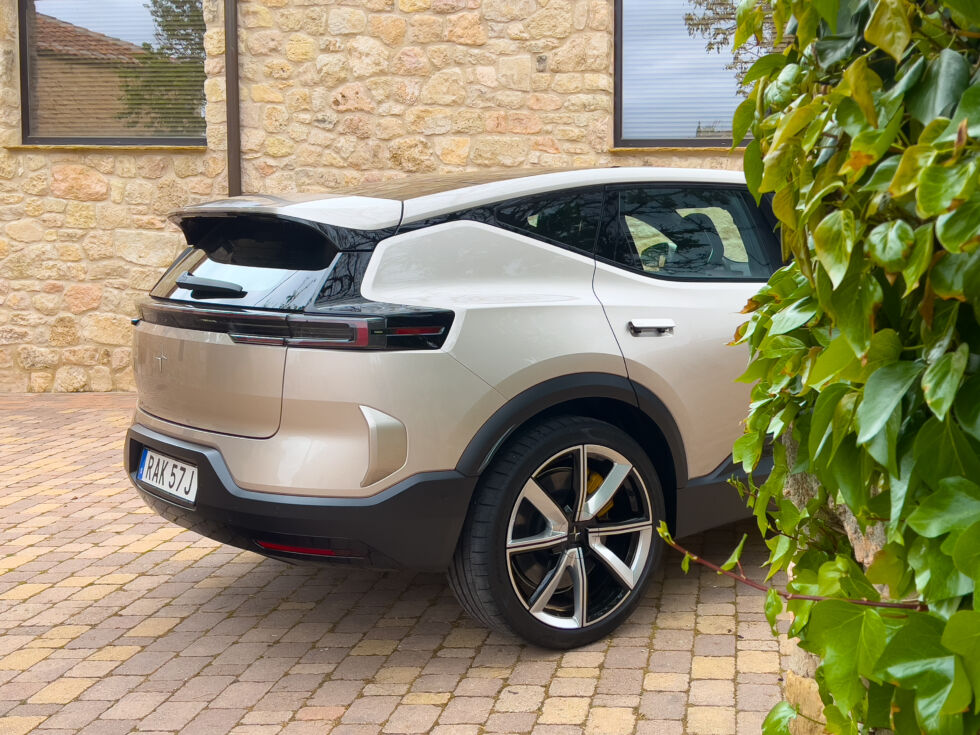
The market for electric luxury SUVs has never been more crowded, and Polestar thinks that the 3’s strongest competition will come from the BMW iX, Mercedes-Benz EQE SUV, Audi’s Q8 e-tron, (and the Porsche Cayenne, which isn’t available as an EV yet). Happily, I can report it has succeeded in delivering a car that’s as engaging to drive as the best of those, with at least as much style and comfort. For a young brand, that’s quite an achievement.


